- Private Edward Ambrose, from Hertfordshire, was killed on the Somme, just days he arrived at the front in 1916
- After a telegram telling of his death, his last belongings were sent back from the trenches to his heartbroken parents
- But the family left the case unopened, finding its contents too painful to look at, and it was placed in an attic for years
- After visiting a local historical exhibition, Private Ambrose's nephew has now opened the package for the first time
- The case includes black and white photos of his family, letters from his parents, a half-smoked pipe and cigarettes
- The items, including a locket with photos of Private Ambrose and his sweetheart, Gladys, will go display later this year
So 18-year-old Edward Ambrose's possessions were packed in a leather suitcase and stored away in the attic of the family home.
And there they stayed for more than 90 years - until curiosity finally got the better of Edward's nephew John, 82, who retrieved the case after reading about an appeal for untold stories for a First World War exhibition.
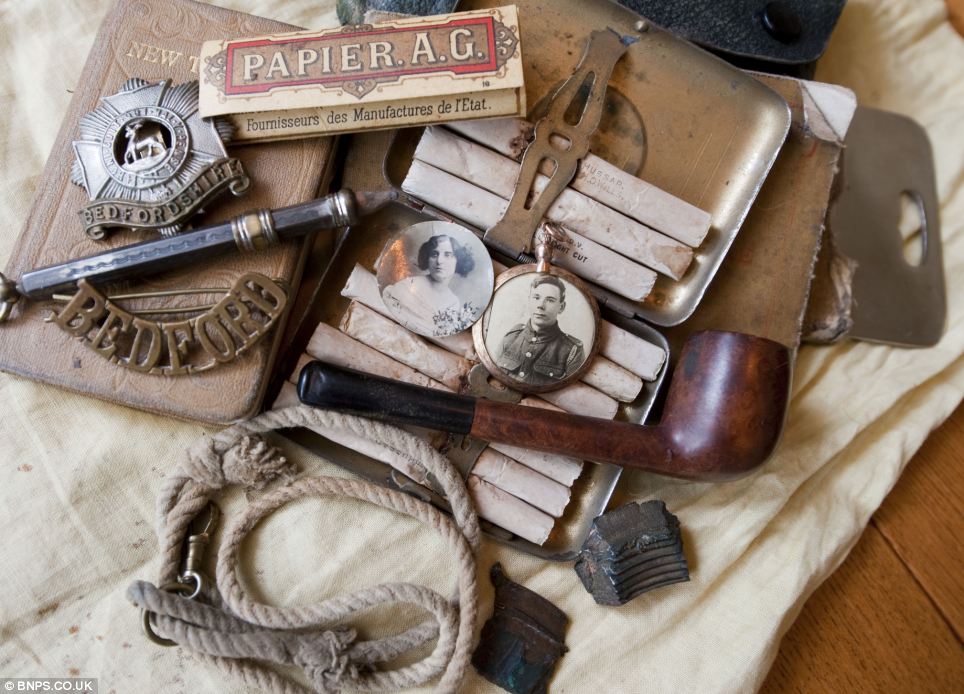
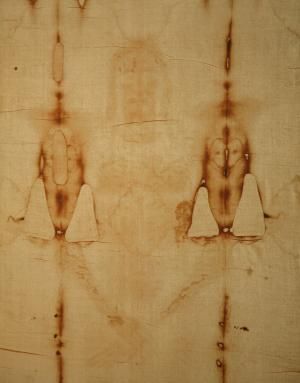
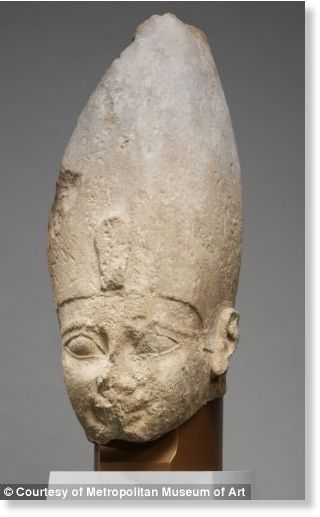
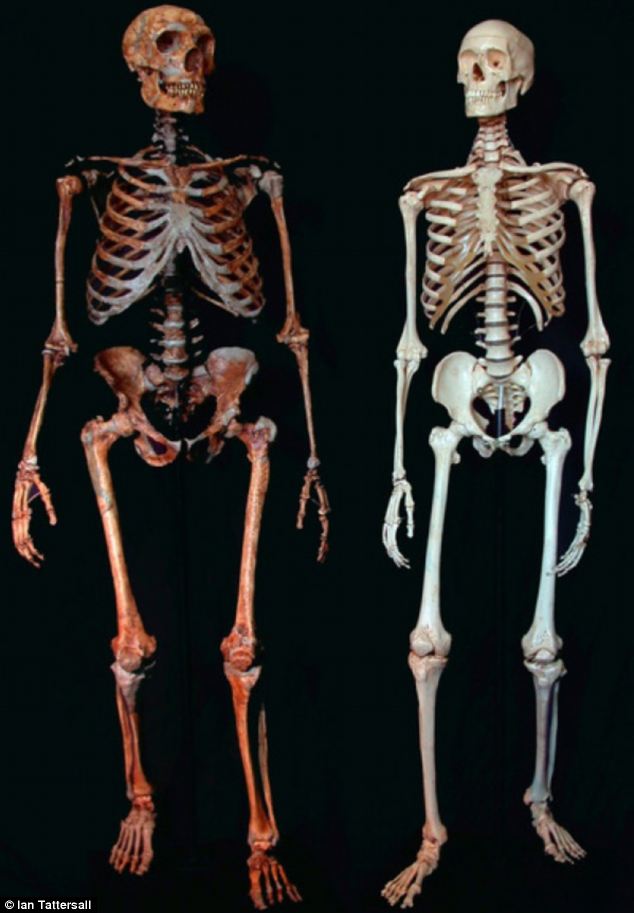


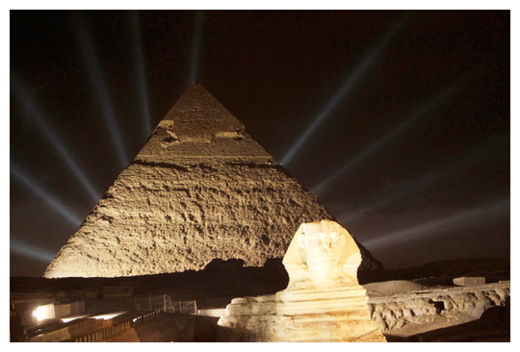
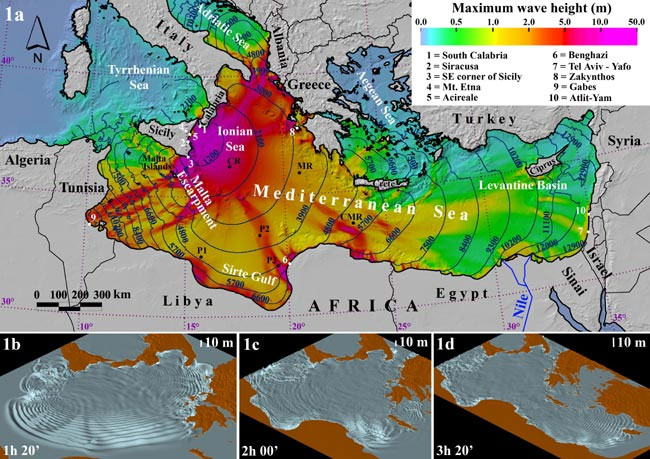
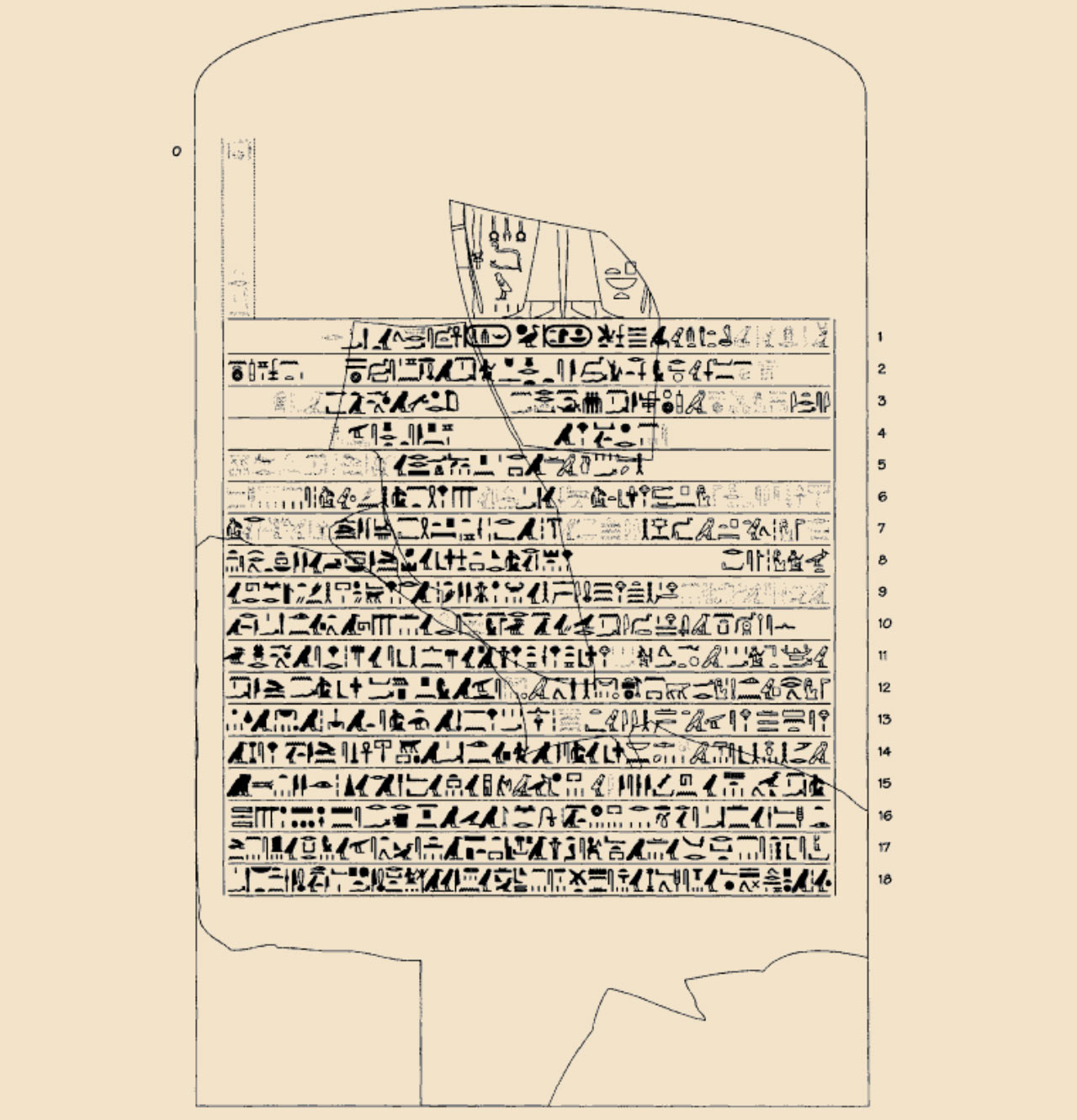
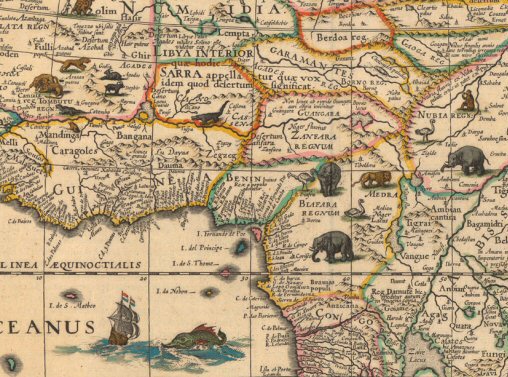



Comment: Read the following books by Laura Knight-Jadczyk to learn more on the topic:
The Secret History of the World and How to Get Out Alive
The Apocalypse: Comets, Asteroids and Cyclical Catastrophes
Comets and the Horns of Moses
Also read the following forum thread, that deals with a huge amount of material with similar descriptions and cases.